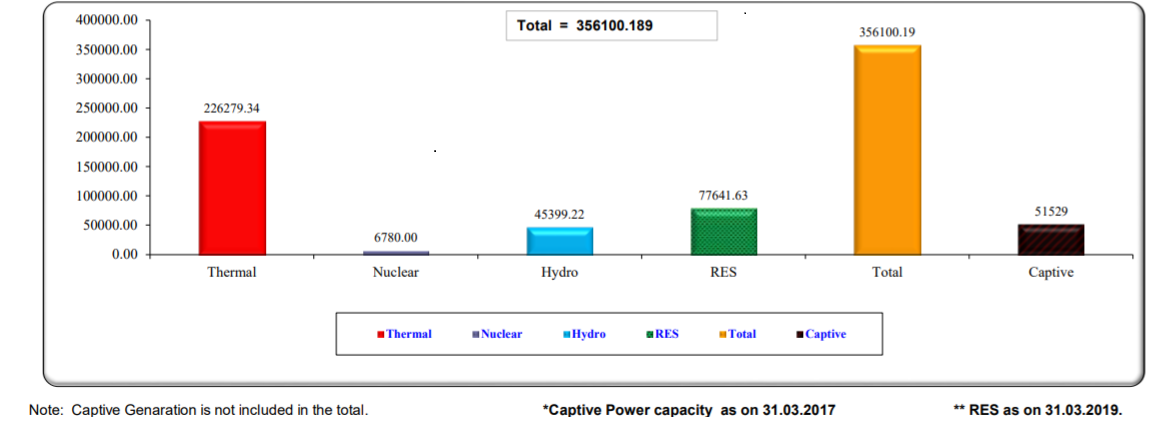Without Solar, Some Indian Doctors Must Operate in the Dark
by , e -Without Solar, Some Indian Doctors Must Operate in the Dark
The blogs are part of WRI India’s mission to provide unbiased, expert analysis on the most important environmental issues facing the world today.
In today’s rapid-fire, fragmented information culture, we hope these insights will provide a measure of clarity to decision-makers worldwide.
Without Solar, Some Indian Doctors Must Operate in the Dark
As India awaits monsoons, many parts of the country are already reeling under drought-like conditions. The government, private agencies and even residential associations are issuing directives and messages, highlighting the need for water conservation and the parsimonious use of water. Thermal power plants in the country constitute a class of water users that is often overlooked.
Thermal power plants consume significant amounts of water during their process of...
The last two decades have seen a rampant rise in environmental challenges being faced by cities and countries globally. In India, too, challenges related to air pollution, waste management, scarcity of water, conservation of natural resources, and loss of biodiversity, amongst others have been increasing. This photo essay uses animations based on satellite images to show the effect these challenges have had on our country.
In the last two decades, India has urbanised at an unprecedented rate. This image shows the growth of Bangalore between 1990 and 2015....
As per the Central Electricity Authority’s (CEA) Executive Summary for April 2019, India has close to 200 GW of installed capacity of coal and lignite power plants. This corresponds to close to 56% of the country’s installed capacity. In terms of number of units of electricity generated, coal and lignite contributed close to 82% of the electricity generated in the period 1 April 2018 – 31 March 2019.
 All India...
All India...
At the current rate of urbanisation and industrial growth in the country, India will need a 32 feet high landfill site equivalent to the size of Bengaluru to manage its waste. According to the World Bank, in 2010, India was generating approximately 1.1 lakh tonnes of waste every day, and with the consequent increase in waste production, this number is expected to triple by...
Around the start of winter is when the conversation on air pollution in Delhi usually begins. This coincides with two key events – Diwali and crop-burning. The conversation ends around the new year, coinciding with the change in weather. However, pollution is not gone for the rest of the year, as we often think. For example, in 2018, Delhi did not have a single good air quality day. Yes, zero good air quality days out of 365 days!
Therefore, it is not surprising that as per the World...
Air pollution has become a critical issue in many developing countries lately. The issue has received a lot of media attention, especially since it is responsible for premature deaths and other health issues. However, what hasn’t been highlighted much is that air pollution has economic consequences too. The delay of goods and passenger trains, flights and freight during winter in Delhi due to haze is a straightforward example of how air pollution is affecting our economy. In India, air pollution was responsible for the...
Prime Minister Narendra Modi is all set for a second term in office after winning an absolute majority at the recent elections in India. In his first term, he strived to raise India’s profile in the international arena, and one of his creditable contributions in the climate space was his leadership in the formation of the International Solar Alliance (ISA) launched in 2015. In addition, the country continued in its ambitions towards climate change mitigation, adaptation, and finance for various related projects.
Mitigation
At the domestic level, Modi’s...
An ideal child-friendly city integrates the voice, needs, priorities and rights of children in its public policies, programmes and decisions. An important aspect of such a city is to provide children with an opportunity to live in a safe, secure and clean environment, with access to green spaces. By this definition, do our cities qualify as child-friendly? In India, 66 percent of parents...
In 2013, the International Energy Agency (IEA) estimated that the world’s urban areas accounted for about 64 percent of global primary energy use, and produced 70 percent of the planet’s carbon dioxide emissions. Urban hubs are a significant and growing source of energy consumption and as global centres of economic activity and culture, it is essential we address climate action in tandem with economic growth. To decouple GHG emissions from growth, local governments require evidence-based systems for implementing climate action.
On 29 March 2019, World Resources Institute (WRI)...